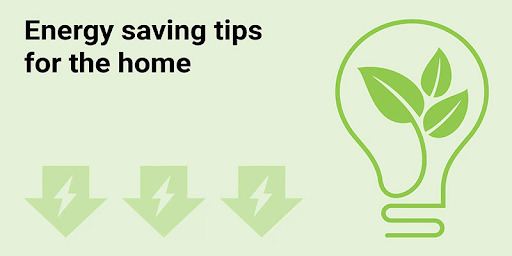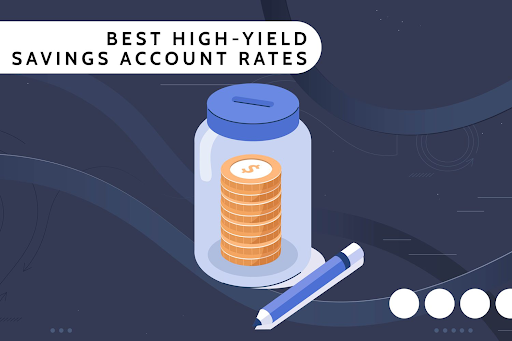In the pursuit of smart money saving and effective personal finance management, one strategy stands out for its simplicity and effectiveness: the Automatic Savings Plan. This “set it and forget it” approach removes the friction and willpower often associated with saving, turning it into a consistent, effortless habit that builds your wealth over time.
For U.S. residents looking to supercharge their financial goals – whether it’s building an emergency fund, saving for a down payment, or bolstering retirement accounts – an Automatic Savings Plan is an indispensable tool. Let’s explore how this strategy works, its compelling benefits, and how you can implement it to achieve financial success.
What is an Automatic Savings Plan?
An Automatic Savings Plan (ASP) is a system where a predetermined amount of money is automatically transferred from one account (typically your checking account) to a savings or investment account on a regular, scheduled basis. You choose the amount and the frequency – weekly, bi-weekly, monthly, or even with every paycheck.
The beauty of an ASP lies in its automation. You set it up once, and the money moves without you needing to remember or make a conscious decision each time. This taps into the powerful psychological principle of “paying yourself first,” ensuring your savings goals are prioritized before other expenses.
The Undeniable Benefits of Automating Your Savings
Implementing an Automatic Savings Plan offers a multitude of advantages for your personal finance journey:
- Consistency is King: The biggest hurdle to saving is often inconsistency. An ASP removes this challenge, ensuring you save regularly, regardless of your willpower or forgetfulness. This consistent effort, even with small amounts, compounds significantly over time.

- “Set It and Forget It” Convenience: Once set up, the process runs in the background. You don’t have to manually initiate transfers, freeing up your mental energy to focus on other aspects of your life.
- Reduced Temptation to Spend: By moving money directly into a separate savings account, it’s less visible and less accessible for impulse purchases. This mental separation helps reinforce your saving habits.
- Achieve Goals Faster: Consistent, automated contributions accelerate your progress towards specific financial goals. Seeing your dedicated savings for an emergency fund, down payment, or dream vacation steadily grow can be incredibly motivating.
- Build Strong Financial Habits: Automation helps ingrain the discipline of saving. Over time, it becomes a natural part of your financial routine, fostering overall mindful spending.
- Leverage Compound Interest: The more consistently you save, the more time your money has to grow through compounding interest. Even small, regular contributions can accumulate into substantial sums over decades.
- No More “Leftover” Saving: Instead of trying to save whatever’s left at the end of the month (which is often nothing), an ASP ensures saving happens first, forcing you to budget with what remains.
How to Set Up Your Automatic Savings Plan in the U.S.
Implementing an ASP is straightforward and can be done in a few simple steps:

- Define Your Savings Goals: What are you saving for? An emergency fund ($1,000 to 3-6 months of expenses), a down payment, a new car, retirement, or a specific vacation? Having clear goals helps determine how much you need to save.
- Budget to Find Your “Savings Space”: Review your income and expenses. Identify areas where you can trim spending to free up funds for your savings. Even small cuts (e.g., daily coffee, unused subscriptions) can add up.
- Choose the Right Savings Account:
- For short-term goals and emergency funds, a High-Yield Savings Account (HYSA) is ideal. These online accounts offer significantly higher interest rates than traditional banks, maximizing your earnings while keeping funds accessible and FDIC-insured (up to $250,000 per depositor).
- For long-term goals like retirement, consider automating contributions to a 401(k), IRA (Traditional or Roth), or other investment accounts.
- Set Up the Automatic Transfer:
- Through Your Bank: Log into your online banking portal or contact your bank directly. You can typically schedule recurring transfers from your checking to your savings account.
- Direct Deposit Split (Employer): Many U.S. employers allow you to split your direct deposit, sending a portion of each paycheck directly to a savings account or retirement fund, and the rest to your checking. This is often the most effective method, as the money never even touches your checking account, reducing temptation.
- Budgeting Apps: Some budgeting apps (like Rocket Money or specific bank apps like Huntington’s Money Scout) offer “autosave” features that analyze your spending and automatically transfer small, “safe-to-save” amounts to your designated savings account.
- Choose Your Frequency and Amount: Align the transfer frequency with your pay schedule (e.g., bi-weekly if you get paid bi-weekly). Start with an amount that feels comfortable – even $25 or $50 per paycheck can make a difference. You can always increase it later.
- Monitor and Adjust: Periodically review your savings progress and financial situation. If you get a raise, pay off debt, or your expenses decrease, consider increasing your automated savings amount.
Best Practices for Maximizing Your Automatic Savings Plan
- Pay Yourself First: Set up your automatic transfer to occur on or immediately after payday, before you have a chance to spend the money.
- Prioritize Retirement Savings (Especially with Employer Match): If your employer offers a 401(k) match, contribute at least enough to capture the full match – it’s free money!
- Automate to Different Accounts for Different Goals: Consider having separate savings accounts for specific goals (e.g., one for an emergency fund, another for a down payment). This provides clarity and motivation.
- Increase Gradually: If saving a large amount initially seems daunting, start small and commit to increasing your contribution by a small percentage (e.g., 1-2%) every few months or with every raise.
- Review Your Plan Annually: Life changes. Make it a habit to review your ASP, savings goals, and overall financial plan at least once a year.
Conclusion
The concept of an Automatic Savings Plan might seem simple, but its impact on your personal finance management can be profound. By removing the guesswork and decision-making from saving, you transform it from a chore into a seamless, consistent habit.
For U.S. residents, leveraging direct deposit splits, online banking transfers, or integrated budgeting apps empowers you to “set it and forget it,” building your wealth effortlessly over time. Embrace the power of automation, and you’ll not only achieve your savings goals faster but also cultivate a stronger, more disciplined approach to your money, paving the way for a more secure and prosperous financial future. Start automating your savings today – your future self will thank you.










